
From Ancient Roots to Modern Cool: The Fascinating History, Style, and Popularity of Dreadlocks
The Fascinating History, Style, and Popularity of Dreadlocks
The history of dreadlocks, also known as "locs" or "dreads," can be traced back to ancient civilizations across the globe.
The earliest recorded evidence of dreadlocks comes from ancient Egypt, where mummies with locked hair have been discovered.
The dreadlock hairstyle was also popular among various African tribes, including the Maasai of Kenya, who often decorated their locks with beads and shells.

In Rastafarian culture, which originated in Jamaica in the 1930s, dreadlocks became a symbol of resistance against European colonial powers' oppression and cultural imperialism. Rastafarians, who believe in the divinity of Ethiopian Emperor Haile Selassie, often wear their hair in dreadlocks to honor Selassie, who is said to have worn his hair in this style.
In the 1960s and 70s, the dreadlock hairstyle gained popularity among counterculture movements in the United States and Europe, particularly among the hippie and reggae communities. Musicians like Bob Marley, Peter Tosh, and Burning Spear helped to popularize dreadlocks in the mainstream, and the hairstyle became associated with the ideals of peace, love, and unity.
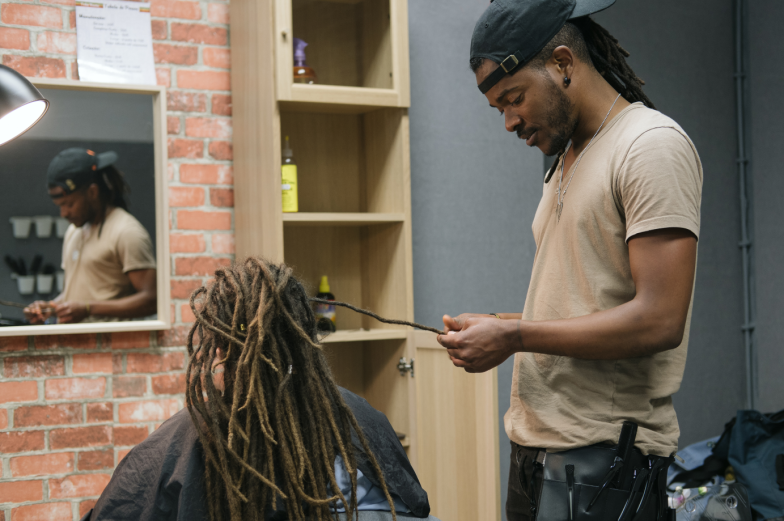
Despite their widespread popularity, dreadlocks have also faced controversy and discrimination in some circles. Some employers and schools have policies that prohibit wearing dreadlocks, citing concerns about professionalism or hygiene. However, many activists and advocates continue to fight for the right to wear their hair in this traditional and meaningful style, challenging societal norms and celebrating the beauty and diversity of natural hair.
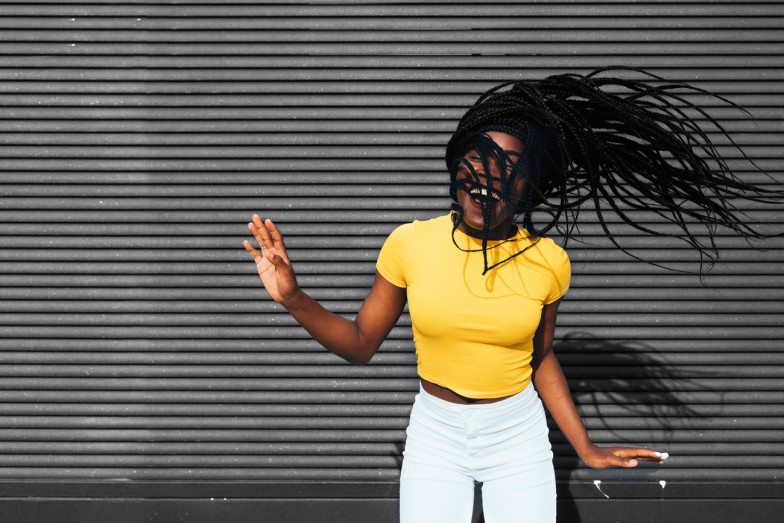
Today, dreadlocks are still a popular hairstyle worn by people of all races and cultures. They continue to hold a vital symbolic significance for many, representing cultural heritage, spiritual beliefs, individuality, and a rejection of mainstream beauty standards.
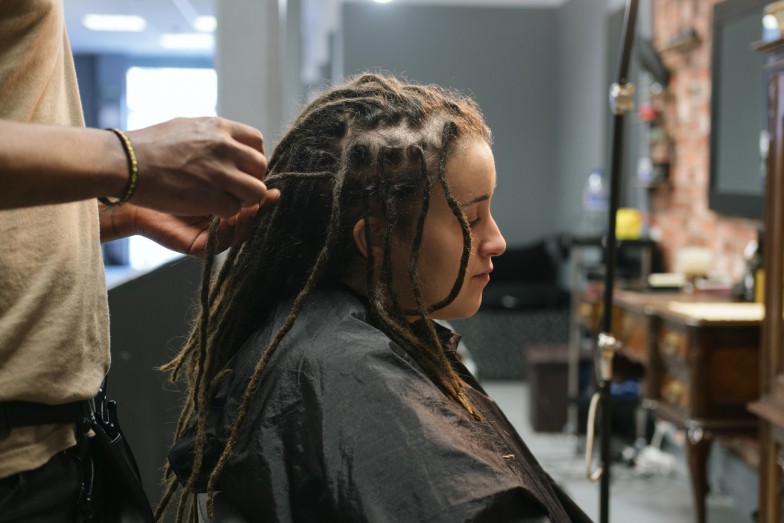
In recent years, dreadlocks have experienced a resurgence in popularity. This can be attributed partly to the natural hair movement, which encourages people to embrace their natural hair textures and styles. As a result, more people choose to wear their hair in natural styles, including dreadlocks.
Social media has also played a role in the modern popularity of dreadlocks. Platforms like Instagram and YouTube have made it easier for people to share photos and videos of their hairstyles and connect with others with similar interests. This has helped create a sense of community and support among those who wear dreadlocks and made the hairstyle more visible and accessible to others.
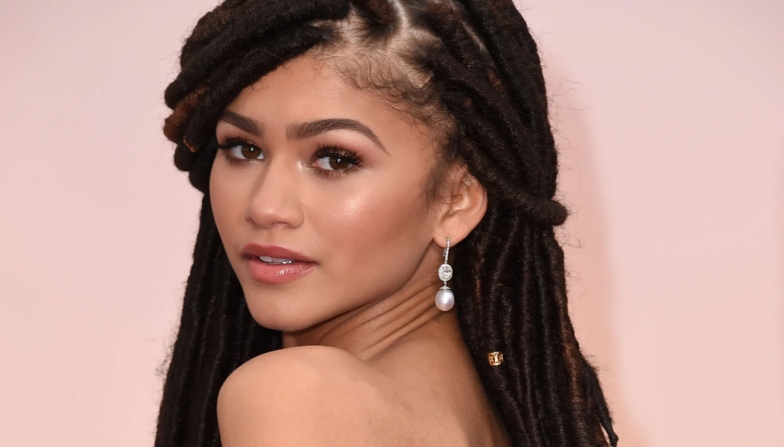
Additionally, dreadlocks have become popular among celebrities and influencers, further increasing their visibility and mainstream appeal. Stars like Zendaya, Lenny Kravitz, and Jason Momoa have all worn their hair in dreadlocks at some point, and their influence has helped to shape perceptions of the hairstyle as edgy, stylish, and cool.
Despite their growing popularity, dreadlocks continue to be a controversial hairstyle. Some people view them as unprofessional or dirty, while others see them as a symbol of cultural appropriation when worn by those who are not of African descent. These criticisms have sparked essential discussions about cultural sensitivity and respect and have prompted many people to more broadly reexamine their attitudes towards dreadlocks and natural hair.
Despite these challenges, dreadlocks remain a beloved and meaningful hairstyle for many, and their popularity shows no signs of waning anytime soon. As people continue seeking natural and authentic forms of self-expression, we will likely see even more innovation and creativity in the world of dreadlocks in the years to come.
A popular method for creating and maintaining dreadlocks is two-strand twist dreads, also known as two-strand twists or simply twists. This style is trendy among people with natural hair textures, allowing them to achieve a unique and stylish look without resorting to chemical treatments or heat styling.
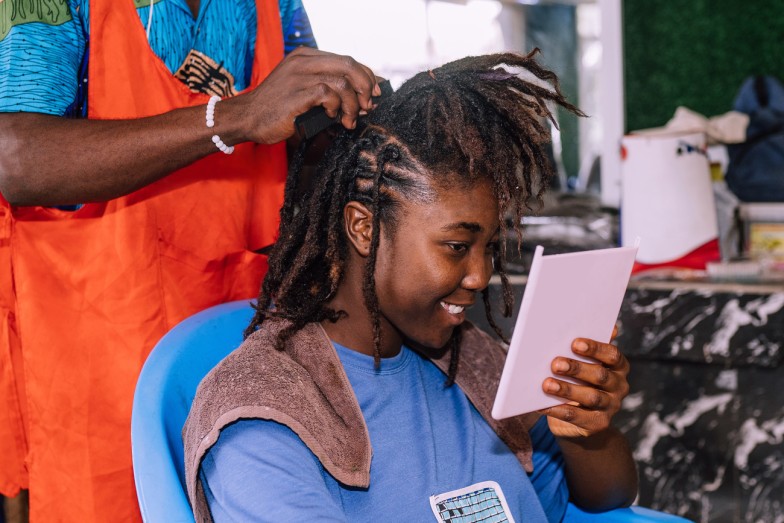
The hair is first sectioned into small, evenly sized parts to create two-strand twist dreads. Each section is twisted tightly with two strands of hair, working from the roots to the tips. The twists are left in place until the hair has locked and formed a dreadlock. This process can take several months and requires regular maintenance to keep the locks looking neat and tidy.
One of the advantages of two-strand twist dreads is that they are highly versatile. They can be styled in various ways, from simple updos to elaborate braided designs. They can also be worn long or short, depending on the individual's preference. Additionally, because the hair is twisted tightly, two-strand twist dreads can be easily maintained with regular washing and conditioning.

However, it is essential to note that two-strand twist dreads are unsuitable for everyone. They require a certain level of commitment and patience, as creating and maintaining them can be time-consuming and labor-intensive. Additionally, some people may find that the tight twisting required to develop the locks can be uncomfortable or damaging to their hair.
If you are considering two-strand twist dreads, you must do your research and consult a professional stylist who is experienced in this technique. They can help you determine whether this style is right for you and provide guidance on caring for your locks to ensure they stay healthy and vibrant.
Overall, two-strand twist dreads are a stylish and unique way to express individuality and embrace natural hair texture. With the proper care and attention, they can be long-lasting and versatile hairstyles that will turn heads and make you feel beautiful and confident.






